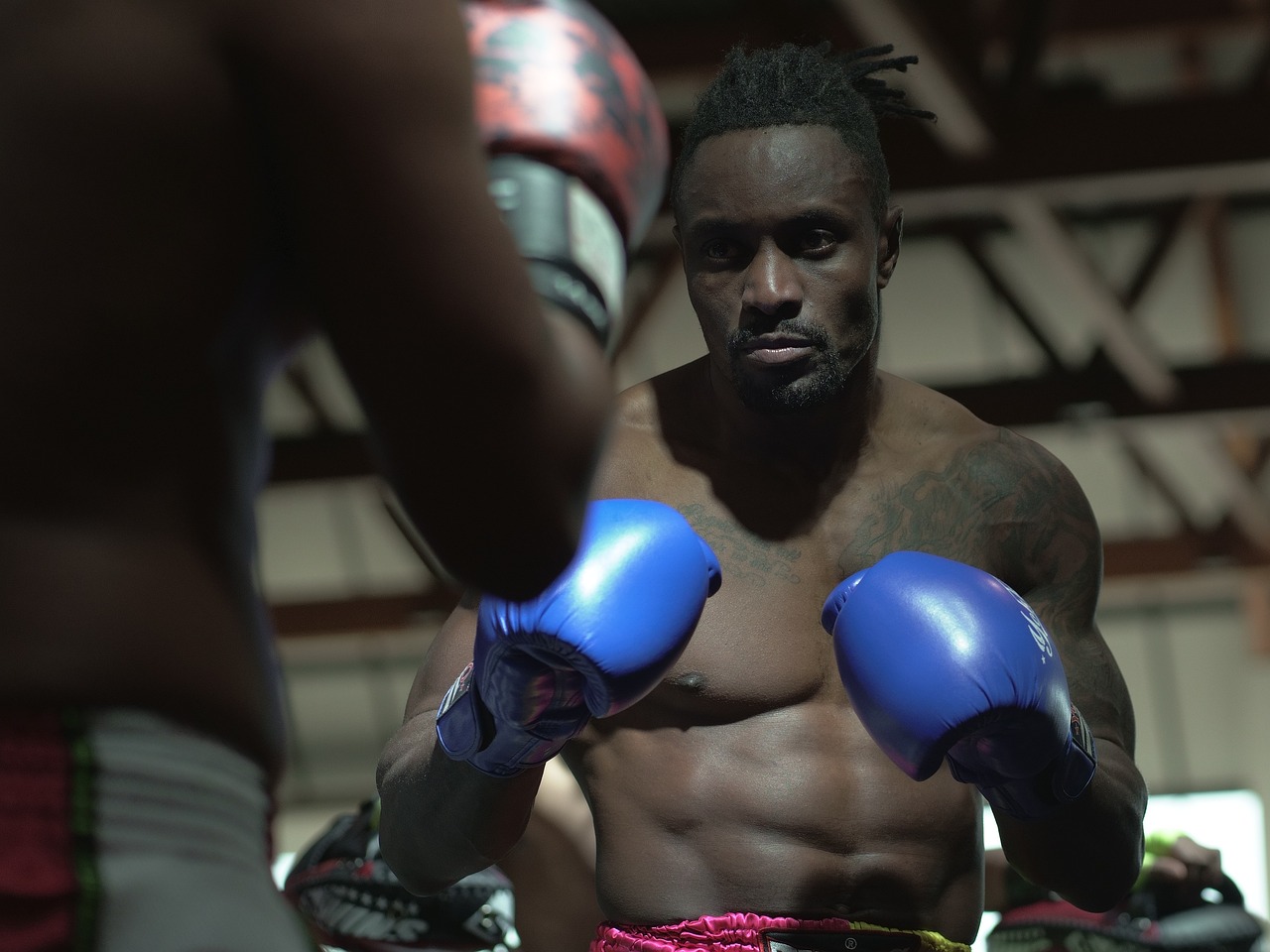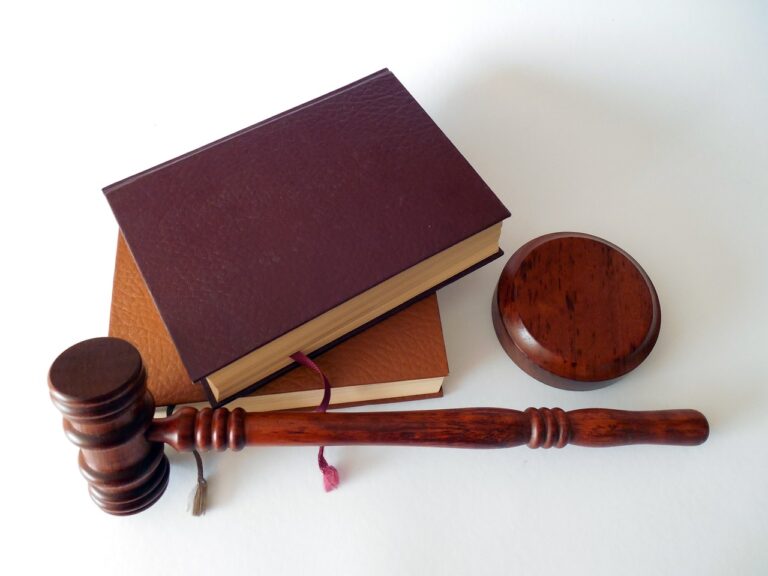Promoting Inclusive Physical Education Curriculum
Inclusive Physical Education Curriculum is crucial in ensuring that all students, regardless of their abilities, have equal opportunities to participate in physical activities. By incorporating inclusive practices, students with disabilities can be involved in physical education classes, promoting inclusivity and diversity within the school environment. This fosters a sense of belonging and acceptance among students, creating a more empathetic and supportive community.
Moreover, an inclusive physical education curriculum helps to break down barriers and stereotypes associated with physical abilities. It emphasizes the importance of respecting and understanding individual differences, promoting a culture of tolerance and respect among students. By embracing inclusivity in physical education, schools can foster a more inclusive society that values diversity and promotes equality for all.
• Inclusive Physical Education Curriculum ensures equal opportunities for all students
• Promotes inclusivity and diversity within the school environment
• Fosters a sense of belonging and acceptance among students
• Breaks down barriers and stereotypes associated with physical abilities
• Emphasizes respecting individual differences
• Promotes a culture of tolerance and respect among students
• Helps to create a more inclusive society that values diversity
Benefits of Inclusive Physical Education Curriculum
Inclusive physical education curriculum fosters a sense of community and belonging among students of all abilities. By providing a supportive and inclusive environment, students are more likely to feel motivated and empowered to participate in physical activities. This can lead to increased self-confidence and self-esteem, as well as improved social skills and communication abilities.
Furthermore, inclusive physical education curriculum promotes diversity and acceptance, helping to break down barriers and stereotypes that may exist among students. By encouraging collaboration and teamwork between individuals with different abilities, students learn to appreciate and respect differences, fostering a culture of inclusivity and understanding within the school community.
Challenges Faced in Implementing Inclusive Physical Education Curriculum
Implementing an inclusive physical education curriculum poses various challenges for educators and schools. One primary difficulty is the lack of specialized training for teachers to effectively cater to the diverse needs of students with varying abilities and disabilities. Without proper resources and knowledge, it can be challenging to create an environment where all students feel included and supported.
Additionally, another hurdle is the limited availability of adaptive equipment and facilities in many schools. Not having access to appropriate tools can hinder the participation of students with disabilities in physical activities. This lack of resources makes it harder to provide equal opportunities for all students to engage in physical education programs, potentially leading to feelings of exclusion among some learners.
Why is inclusive physical education curriculum important?
Inclusive physical education curriculum is important because it ensures that all students, regardless of their abilities or disabilities, have the opportunity to participate in and benefit from physical education activities. It promotes diversity, fosters inclusion, and helps to create a more supportive and accepting environment for all students.
What are some benefits of inclusive physical education curriculum?
Some benefits of inclusive physical education curriculum include improved physical fitness, enhanced motor skills, increased social interaction, boosted self-esteem, and a greater sense of belonging for all students. It also helps to break down barriers and stereotypes, promoting a culture of acceptance and understanding.
What are some challenges faced in implementing inclusive physical education curriculum?
Some challenges faced in implementing inclusive physical education curriculum include lack of resources, inadequate training for teachers, limited space and equipment, resistance from students or parents, and logistical issues. It can also be challenging to accommodate the diverse needs and abilities of all students in a physical education setting.







